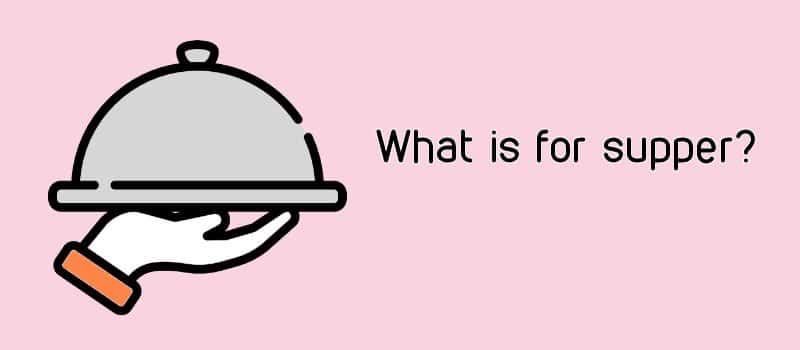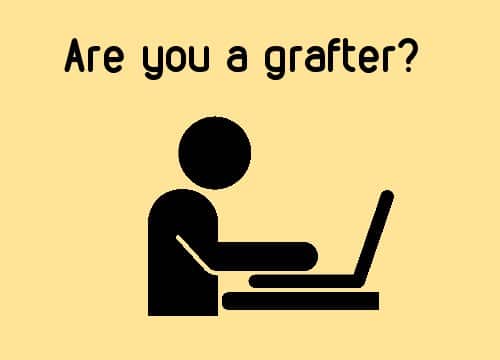These words are commonly confused (confuso). “Lay” generally means “to put something down” (poner, colocar) as in:
- Podemos is going to lay a carpet in his country house (casa de campo o quinta).
- Sanchez is going to lay the table (…va a poner la mesa).
The past tense is “laid” as well as the past participle. Here are some examples:
- Sanchez laid (in this context “establecer”) the groundwork for the next election (Señor Sanchez estableció la base de la próxima elección).
- Rajoy has laid (… ha puesto…) the table.
We can also “lay” eyes on someone, as in this example:
- I have not laid eyes on him for many moons (hace muchas lunas que no lo veo).
The verb “lie” means to be in a “horizontal position to rest” (tumbarse), and the past tense of this verb is “lay” and the participle is “laid”. Here are some examples:
- Why don´t you lie on the bed?
- He lay on the bed.
- He had lain on the bed.
Many English speakers make mistakes with these words. Try to remember the actions that are being described. People “lie down” and things we “lay down”.
“Lie” also means “mentir”, and there are many phrasal verbs too. For another day!.











